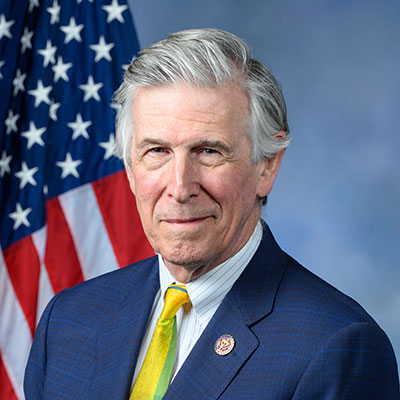Press Releases
Van Hollen, Beyer Applaud Inclusion of Millionaires Surtax in Build Back Better FrameworkToday, U.S. Senator Chris Van Hollen (D-Md.) and Representative Don Beyer (D-Va.) applauded the inclusion of their millionaires surtax within the Build Back Better Framework. Senator Van Hollen and Representative Beyer initially introduced this concept in their Millionaires Surtax Act in November 2019 and reintroduced this legislation in June of this year. This provision had already received broad support, having been included in the House Ways & Means Committee’s reconciliation legislation passed by the Committee in September. “It’s time for the wealthy to do more to help our entire country succeed. That’s why Congressman Beyer and I have repeatedly pushed for a millionaires surtax, and why we fought to use this common-sense measure to fund the historic investments in the Build Back Better Framework. This provision will help bring greater equity to our tax system and will allow us to invest in policies that bring more prosperity and opportunity to all Americans,” said Senator Van Hollen. “The millionaires surtax we proposed will restore fairness to the tax code and help pay for investments that improve Americans’ lives. Millionaires and billionaires largely prospered during the pandemic, seeing a huge explosion of wealth while the rest of the country endured a recession, and it’s time that they paid their fair share of the tax burden and helped shoulder the cost of building a better society. Our idea of a surtax has an elegant simplicity, capturing all income without loopholes or carveouts for the rich, and it only affects the very wealthy, raising billions we always hoped would be spent on priorities like early child care, health care, and fighting climate change,” said Representative Beyer. The millionaires surtax included in the Build Back Better Framework would impose a 5% tax on incomes above $10 million and an 8% tax on incomes above $25 million, raising $230 billion over 10 years from the wealthiest 0.02% of Americans. |

